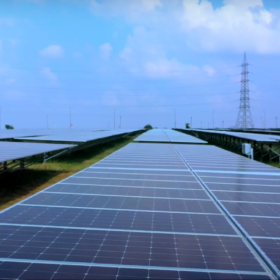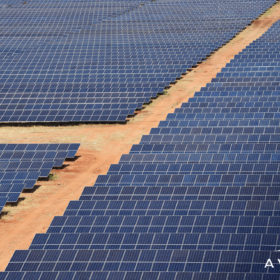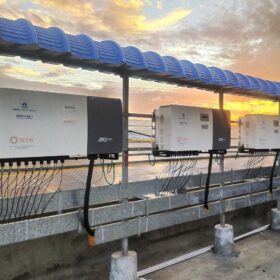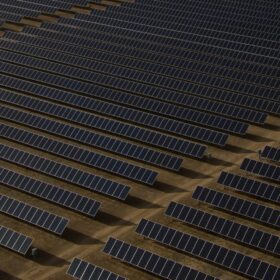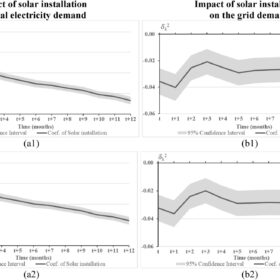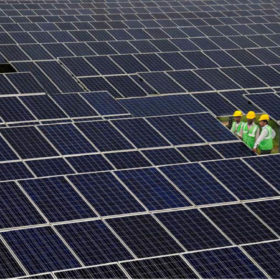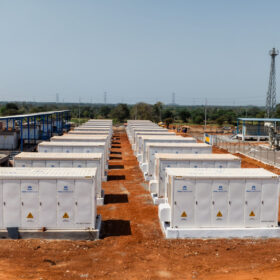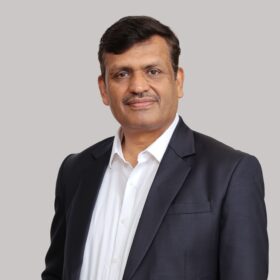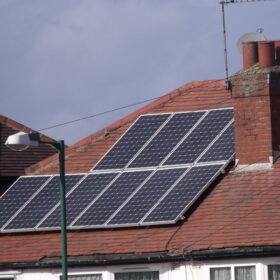Climate change mitigation: Embracing transparency, speed, and zero cost
Emerging technologies are enabling transparency, speed, and affordability across climate mitigation. Blockchain platforms like Poseidon impart radical transparency regarding carbon credits’ origins and impacts, resolving offset greenwashing issues.
India has installed more than 180 GW of renewable energy capacity as of Dec. 31
India has installed 180,796.35 MW of renewable energy capacity as of Dec. 31, 2023, including 73,318.49 MW (around 41%) from solar power projects.
SJVN allocates 1.5 GW of solar at $0.030/kWh
JSW Neo Energy secured the biggest slice of 700 MW. Other winners include BluPine Energy and Mahindra arm Furies Solren (300 MW each), GRT Jewellers (150 MW), and NTPC Renewable Energy (50 MW).
Avaada Energy wins over 1.4 GWp of solar projects across India
Avaada Energy, an arm of Avaada Group, announced today it has secured around 1.4 GWp of solar energy projects in recent auctions by central and state government agencies in India.
Solis hits 4 GW milestone in India
Solis has shipped 4 GW of solar inverters in India since its entry in the nation in 2015.
Global solar corporate funding up 42% in 2023
Investors and developers raised more than $34.3 billion in 160 deals last year, according to a new report by Mercom Capital.
The solar rebound effect in residential PV
The rebound effect consists of a reduction in expected gains from a more resource-efficient technology as a result of behavioral or systemic change. An international research team has investigated this phenomenon in the residential PV segment in Vietnam and has found that it could happen in any country where the policy supporting solar power is not fully and scientifically explained.
EET Hydrogen enters final negotiations with UK Govt to develop low-carbon hydrogen plant in Ellesmere
The hydrogen plant will have an initial production capacity of 350 MW. Construction is expected to begin later this year.
UPPCL, SECI sign 1 GW solar power sale agreement
The Uttar Pradesh Power Corp. Ltd (UPPCL) will procure 1 GW of solar power from interstate transmission system (ISTS) connected projects with SECI as the intermediary procurer (trader).
JSW Energy secures LoA for 6.5 ktpa green hydrogen capacity under govt incentives scheme
JSW Neo Energy Ltd, an arm of JSW Energy Ltd, has secured the Letter of Award (LoA) for building 6.5 ktpa green hydrogen production capacity under the Strategic Interventions for Green Hydrogen Transition (SIGHT) Scheme.

